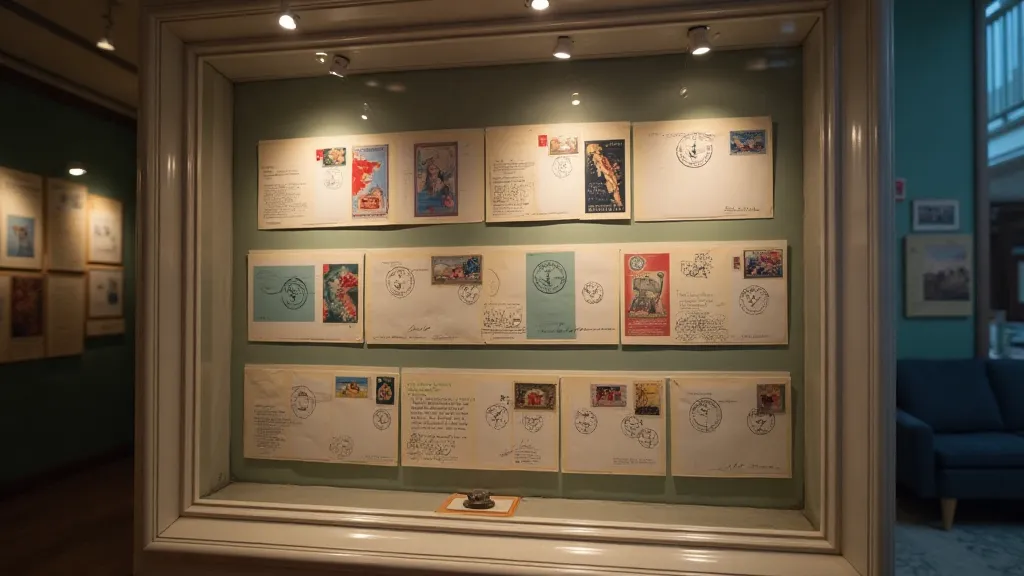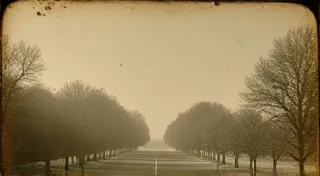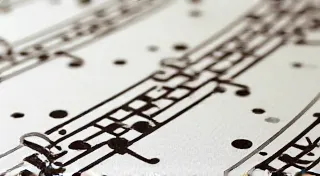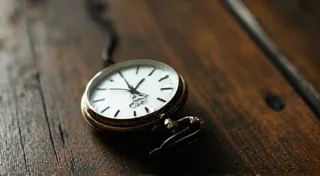The Silent Dialogue: Exploring the Unexpected Poetry of First Day Covers
For the serious stamp collector, the pursuit isn't simply about acquiring pretty pictures. It’s about unraveling stories, tracing history, and appreciating the meticulous craftsmanship that connects us to the past. While the stamps themselves hold undeniable charm, for those of us who specialize in First Day Covers (FDCs), the postmark—often overlooked—becomes the heart of the narrative. It’s not just a cancellation; it’s a silent dialogue, a fleeting artistic expression born of ink, machine, and the urgent need to deliver mail.
My own fascination with FDC postmarks began, surprisingly, not with stamps, but with accordions. My grandfather, a taciturn man of few words, played an antique Hohner. The bellows, worn smooth with decades of use, whispered a melancholic tune that seemed to carry the weight of unspoken memories. There was a beauty in its imperfections, in the visible wear that spoke of a life lived, of music shared. The same holds true for an extraordinary cancellation on a pristine FDC. It’s in the imperfections, the subtle variations, that the story truly begins to unfold.
The Origins of the First Day Cover and its Postmarks
The concept of the First Day Cover emerged in the late 19th century, gaining real momentum in the early 20th century. Initially, it was a matter of chance – envelopes postmarked on the day a new stamp was issued. But with the officialization of “First Day Ceremonies” by the US Postal Service in 1948, these covers became a consciously collected phenomenon. The postmarks of these official ceremonies, and those of local post offices commemorating the event, became highly sought after. These early postmarks were often simple, functional, but they laid the foundation for the artistry to come.
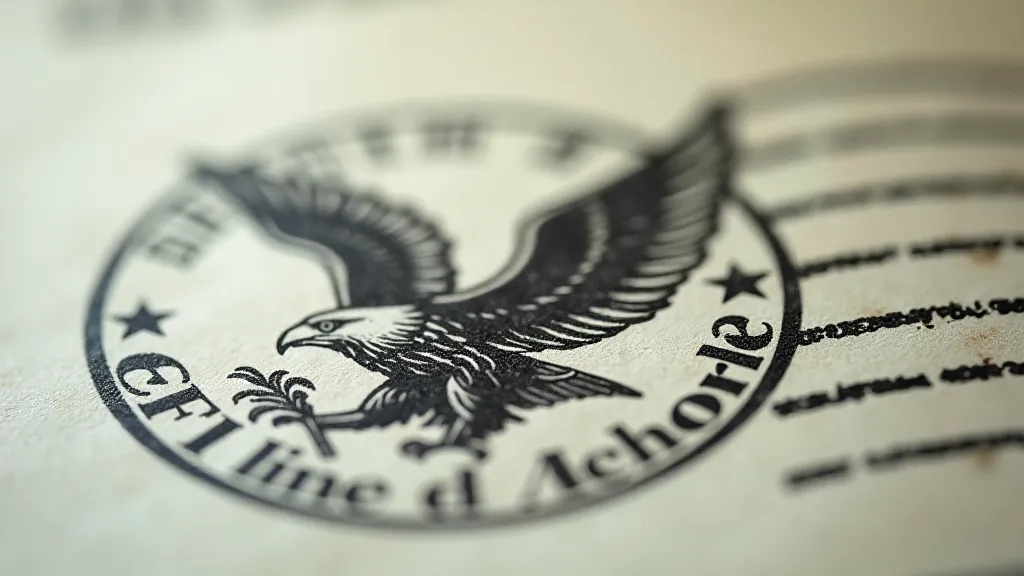
Beyond the Routine: Styles of FDC Postmarks
The beauty of FDC postmarks lies in their remarkable diversity. Early markings were often straightforward machine cancellations, a functional necessity. However, as collectors demonstrated their appreciation, post offices began to embrace the potential for artistic expression. We see a spectrum ranging from elaborate, hand-painted designs (often at very high premiums and now extraordinarily rare) to finely-engraved die-cuts, to creatively-applied rubber stamps. Then there are the "fancy cancels"—postmarks created using specialized equipment, sometimes employing multiple colors or innovative layouts. These fancy cancels frequently featured heraldic designs, patriotic themes, or local landmarks. The most prized among collectors are those exhibiting unusual features, such as misplaced ink, double impressions, or even errors – these imperfections, paradoxically, amplify their historical interest.
Consider the difference between a standard, uniform machine cancel and a postmark applied by a skilled postal clerk using a custom-made die. The latter isn’s just marking the passage of time; it's conveying a sense of place, a moment captured in ink. The artistry and nuance of these unique markings really underscore the principles underlying a symphony of paper, transforming what might seem like a mundane necessity into a miniature work of art. The level of detail varies wildly. Some postmarks mimic the appearance of handwritten calligraphy; others are bold and graphic, reflecting the design aesthetic of the era. The selection of fonts, the arrangement of elements, even the pressure applied to the cancellation device – all contribute to the unique character of each cover.
The Craftsmanship and the Human Element
The creation of a truly exceptional FDC postmark wasn't just about equipment; it was about skill and dedication. Postal clerks, often unsung heroes of the postal system, developed an almost artisan-like proficiency in creating these intricate markings. They understood the nuances of ink flow, the impact of pressure, and the importance of precision. Many invested their own time and resources to experiment with new techniques and designs. The care and attention they lavished on these cancellations is a testament to their pride in their work – a subtle rebellion against the uniformity of mass production.
Think of it this way: a modern, digitally-printed image lacks the soul of a handcrafted artifact. Similarly, a pristine, perfectly-executed postmark, though technically impressive, can feel sterile compared to one bearing the subtle imperfections of human intervention. It’s in those slight misalignments, those faint smudges, that we see the hand of the artist—a tangible connection to the individual who applied the cancellation. The stories behind these markings, and the people who created them, are often as fascinating as the covers themselves. It's compelling to think about the whispers of the post office that resonate from each cancellation, revealing glimpses into the lives of those who served in a vital role.
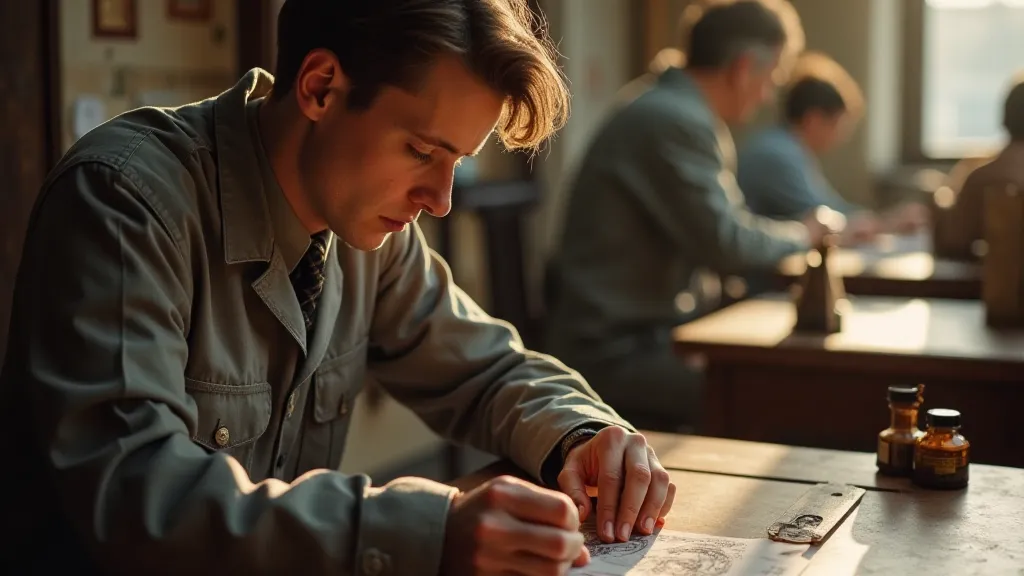
Valuation and the Rarity Equation
The value of an FDC isn's solely determined by the stamp itself. The postmark’s rarity, uniqueness, and aesthetic appeal significantly impact its worth. Factors such as the type of cancellation (fancy cancel, hand-painted, error), the location of the post office, and the overall condition of the cover all play a role. Limited-edition commemoratives, with a small number of covers produced, often command a premium among collectors. Scarcity, like with many collectibles, profoundly shapes the market and can be described as the butterfly effect of scarcity. An error – a misprint, a double impression, or a misplaced ink – can unexpectedly elevate an FDC's value, transforming a common cover into a sought-after treasure.
Preservation and Appreciation: More Than Just Collecting
Preserving these treasures isn't just about protecting the stamps themselves. It’s about safeguarding the artistry embedded within the cancellations. Proper storage—acid-free mounts, archival sleeves—is essential. But perhaps more importantly, it’s about fostering an appreciation for the craftsmanship and the historical context that these covers represent. We must recognize that these aren’t just pieces of paper; they are time capsules, whispers from the past. The deeper one delves into the subject, the more one appreciates the historical significance of these covers—a sense of connecting with moments long gone, as represented by ephemeral echoes of bygone eras.
Restoration is a delicate matter. While cleaning dirt and removing superficial blemishes might be acceptable in some cases, aggressive restoration can destroy the authenticity and character of the postmark. A slight discoloration, a faint smudge—these are often integral to the cover's story. The value isn't always about perfection; it's about the history it holds. The stories told by these collections can be deeply moving, evoking a powerful sense of connection to the past. Understanding their context is crucial to appreciating their true value.
For the serious FDC collector, the pursuit extends beyond simply accumulating covers. It’s about unraveling the stories behind them—the postal clerks who created the postmarks, the communities they served, the historical events they commemorated. It is about understanding the artistry and the human element that made these covers so special. It is, truly, a silent dialogue with the past—a conversation whispered through ink and paper, a legacy preserved for generations to come. The dedication required for truly appreciating these artifacts transcends mere collecting; it necessitates becoming a historian, an artist, and a storyteller all rolled into one.
